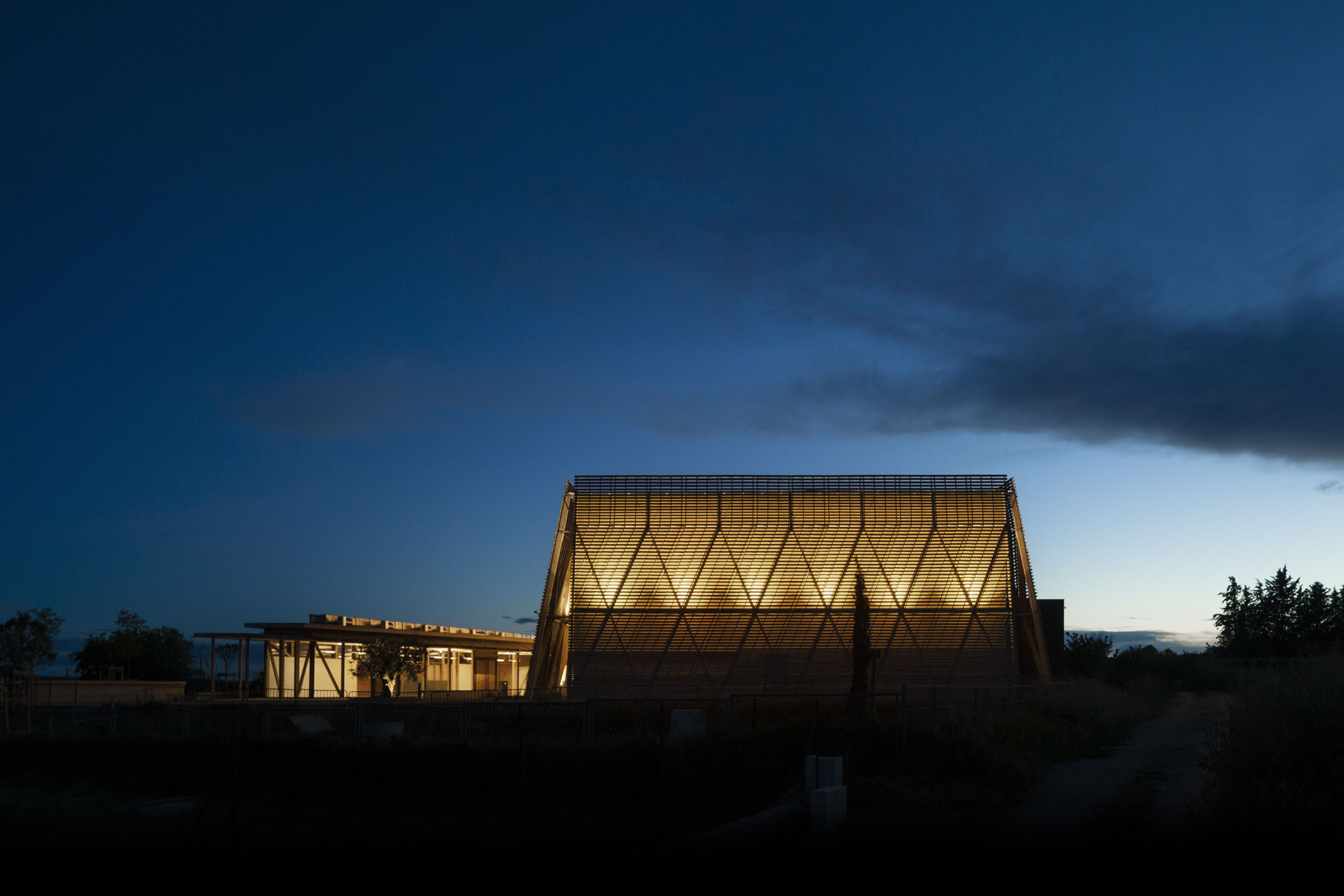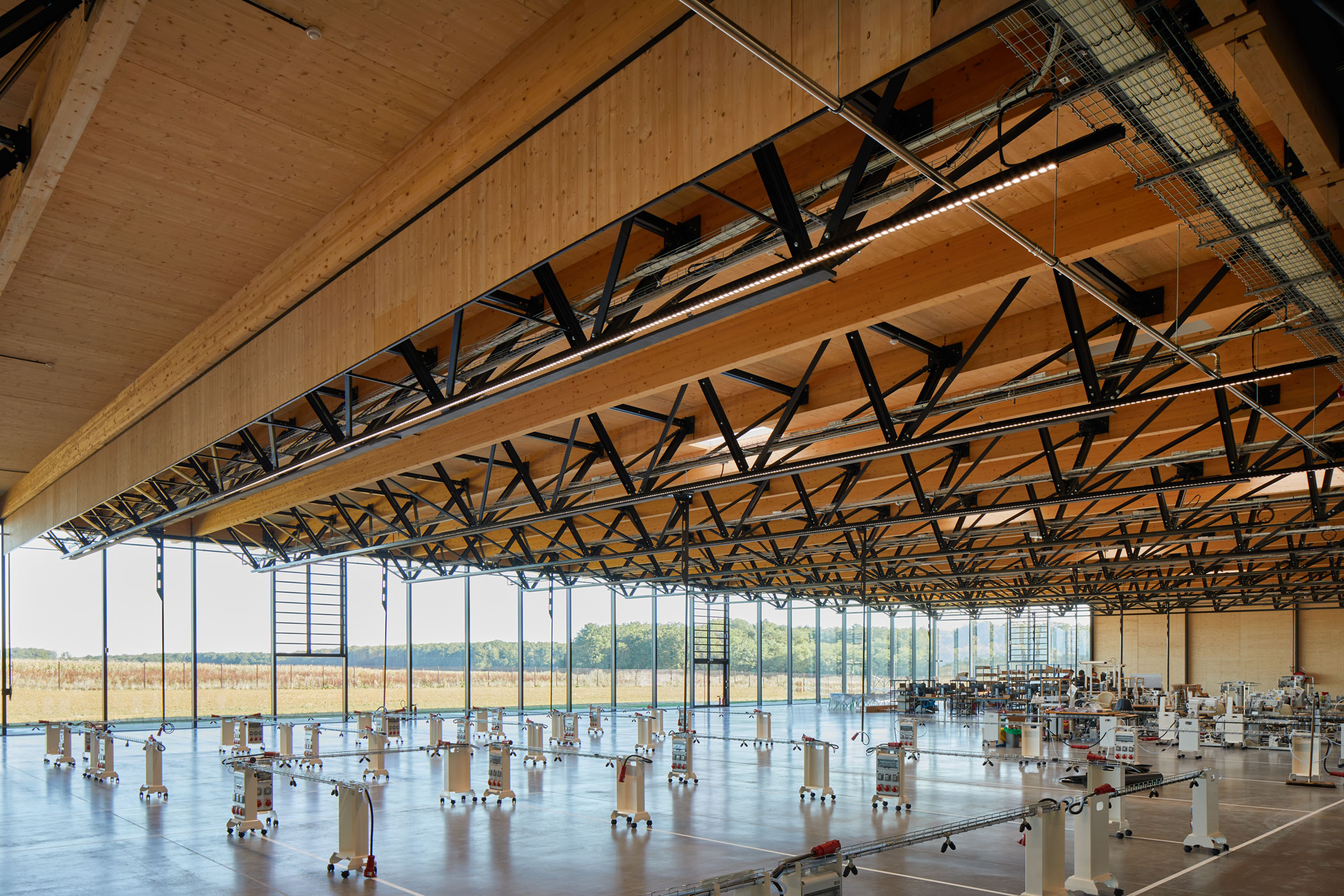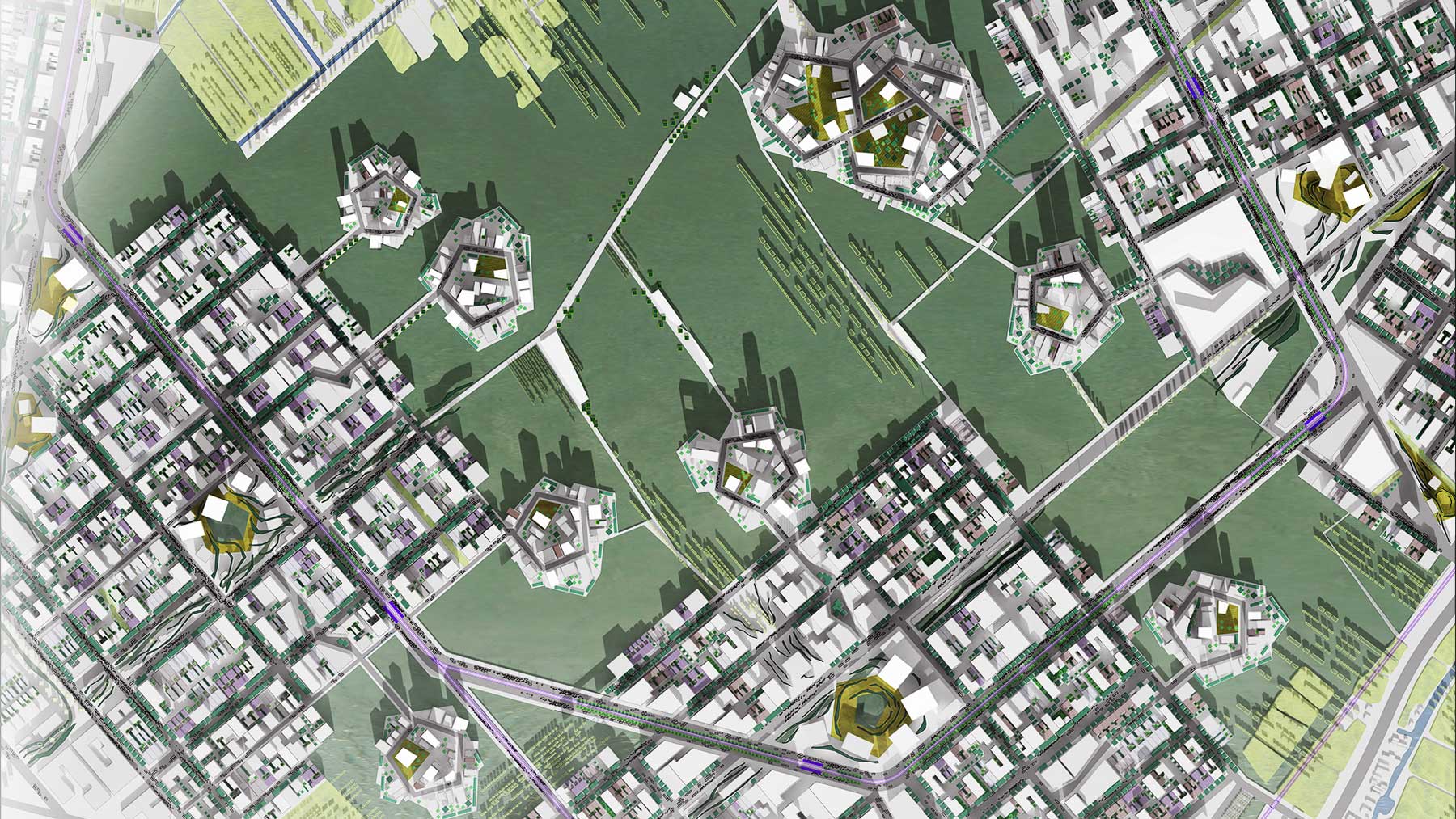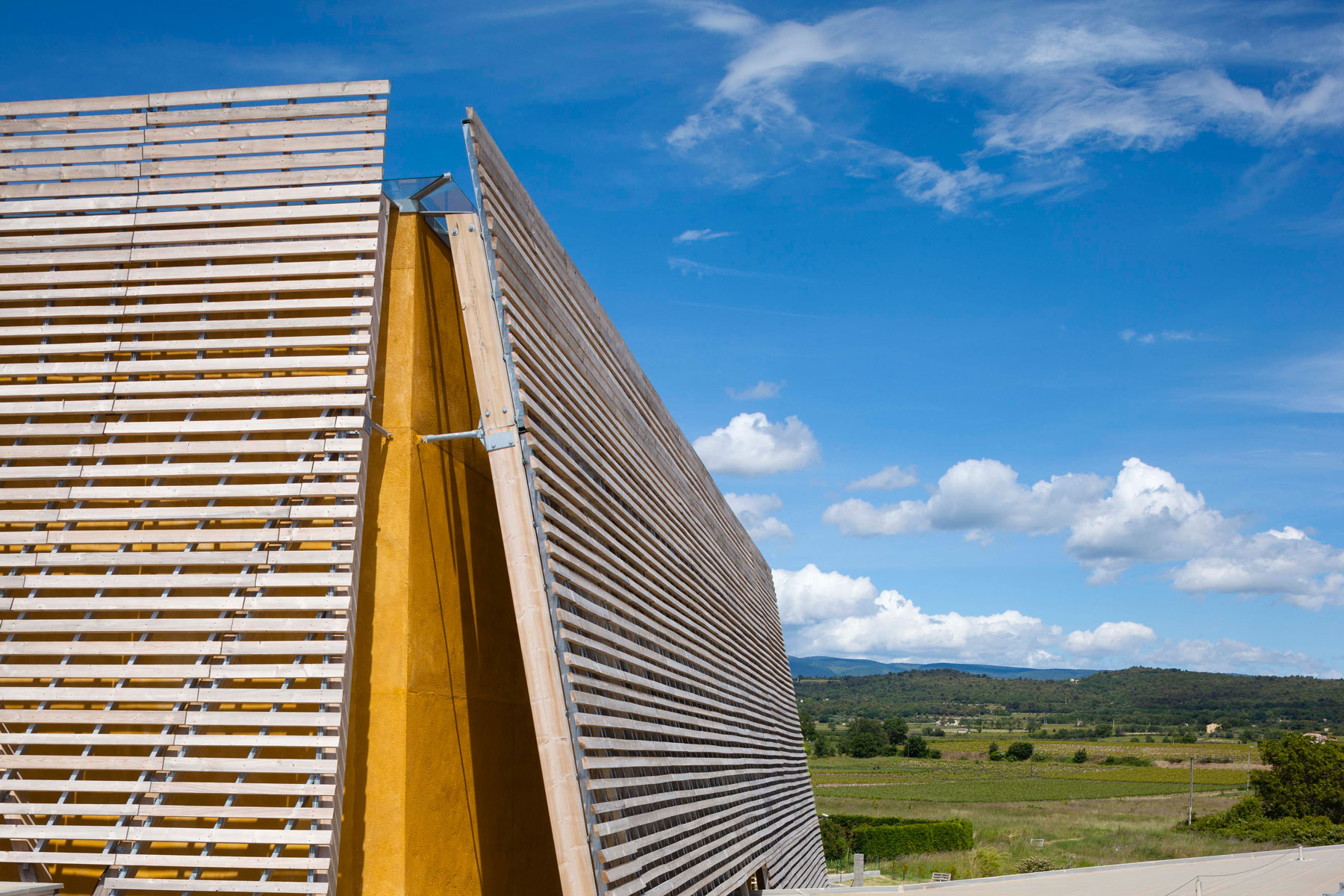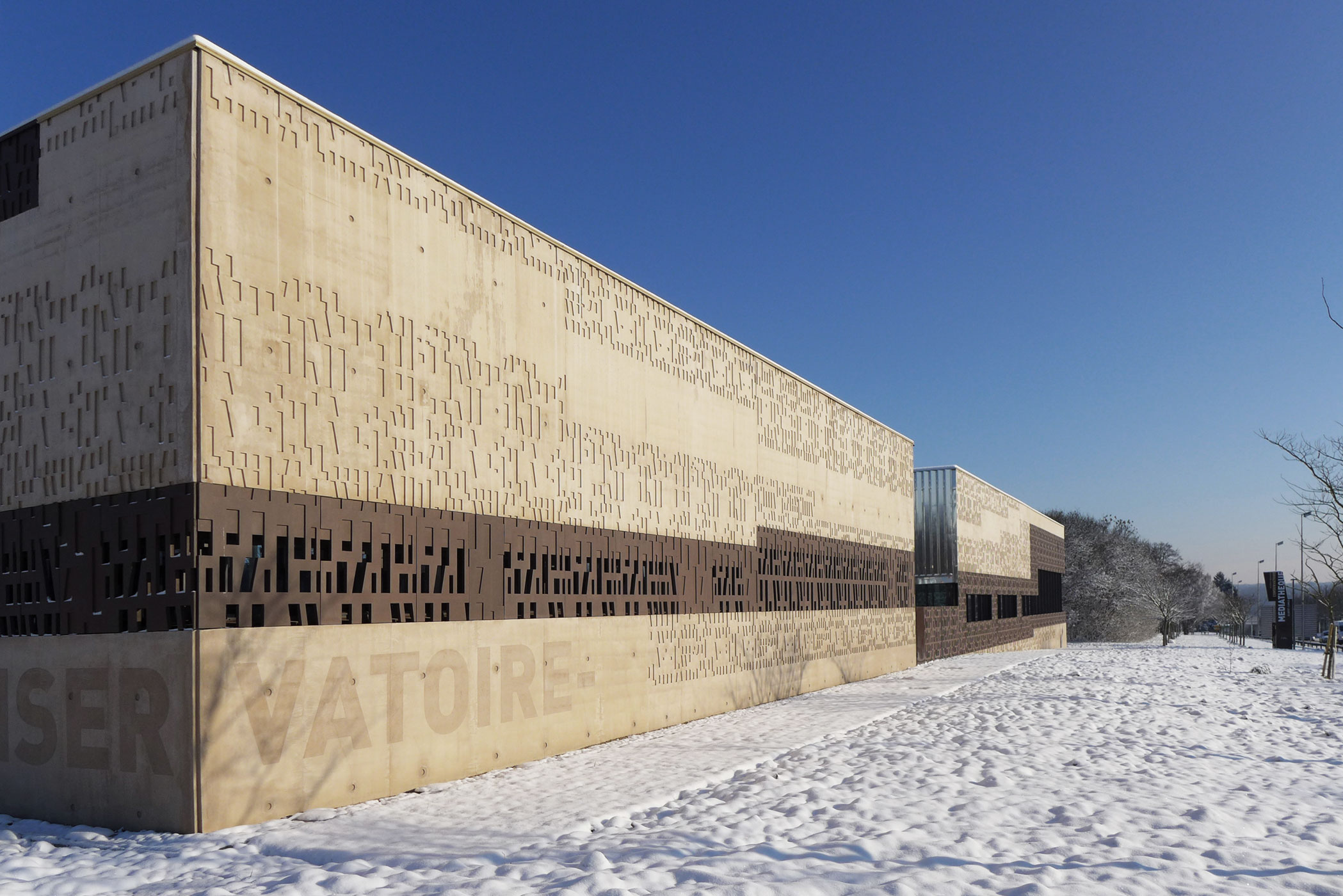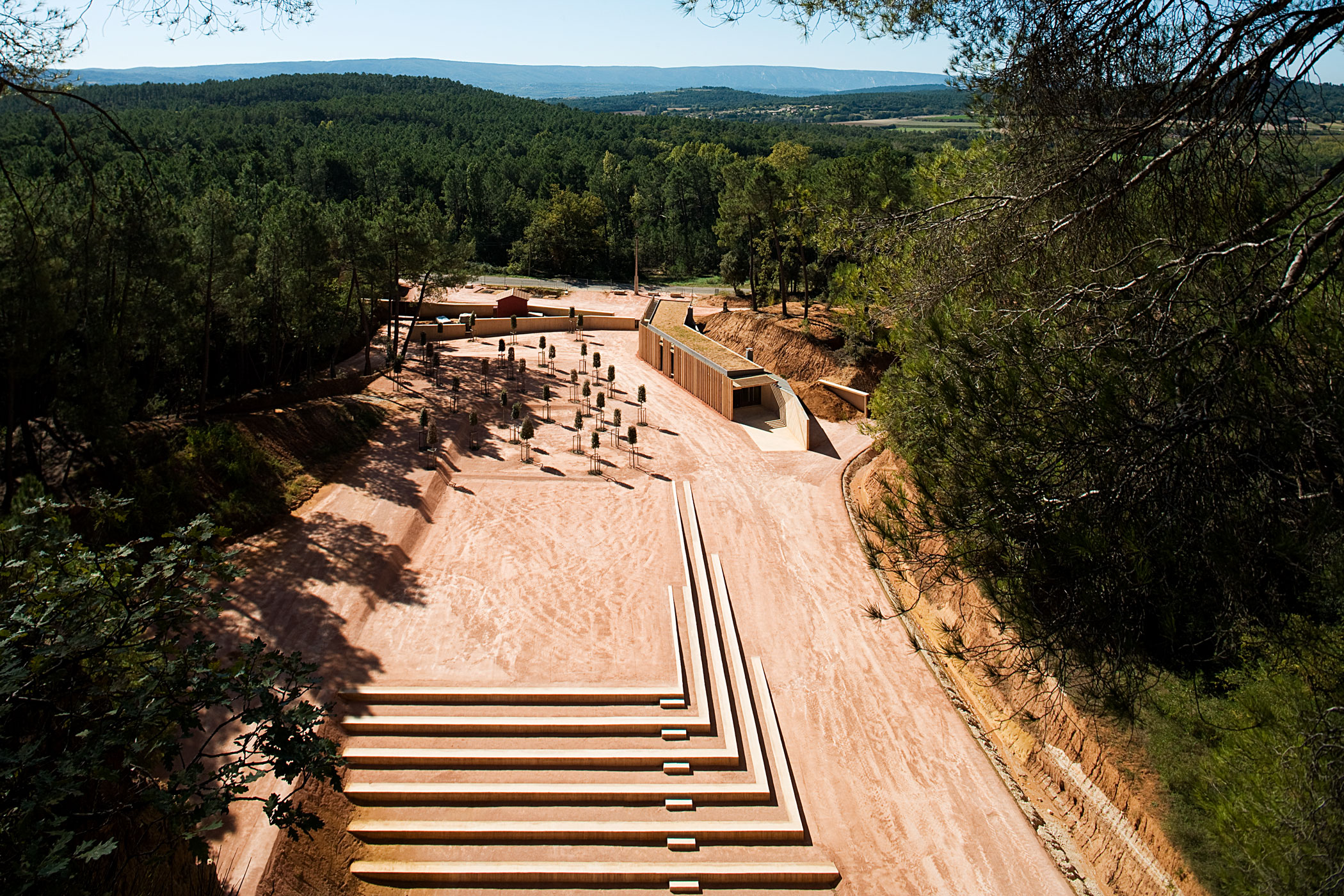Culture
2
Our project lexicon is a comprehensive glossary of terms specific to the project, providing clear definitions and explanations to help our team and clients communicate effectively.
02
Lexicon
The architectural language of our projects is specific to our agency culture, attentive to contemporary construction, to the economy of materials, to the fundamental notions of orders, rhythms and compositions.
CHAPTERS
chapter 01
Ecology, soils, materials
The site, by its nature (its material, its luminosity, its territory), dictated the materials of our buildings: single material for a powerful or singular site, associated materials for a sluggish or composite site.
Each project is thus based on a support material:
Metal to touch the ground.
Concrete to anchor or embed.
Wood for fencing and screening.
The brick to enclose.
Glass to capture the landscape.
Elegance, rhythm, proportions then flow naturally and logically from the constructive qualities of these support materials.
chapter 02
Constructive approach, economy
Our achievements closely combine technicalities, functions and scalability of buildings. Some constructed buildings are beginning a second life thanks to the transformation studies entrusted to the agency.
Our mastery of projects is based on the diversity of skills of the agency, the collective creativity and the responsiveness of our teams with our ecosystem of technical partners.
chapter 03
Assembly
and Filters
Our constructions optimize the technology and the materials consumed, promote bio-sourced materials and local sectors and short circuits.
Each project responds to the equation between materials-assembly-uses.
It establishes a strong connection with the particular geography of the place where it is established.
chapter 04
Platforms and supports
Between the mineral and the plant, geometry and geography, the full and the filter, the waterproof and the permeable, the earth and the water, architecture and the landscape…
Supports, platforms, belvederes, bases are the invariants of a spatial design term that brings together architecture, town planning and landscape.
This creative collaborative vocabulary unifies the surveyor, the geographical observer with the urban planner, the architect and the landscaper who irrevocably transform the land.
chapter 05
Geometry-Geography
To understand a building, it is to capture its attachment to the site, to decipher its relationship to the ground and the landscape.
The relationship with the earth, the landscape, the horizon, the waterlines, the silhouettes is inseparable from the assembly of a building.
The interdependence between geography and geometry develops intentions and stories.
When the angular geometry of architecture and the supple, sinuous geography of nature come together, this encounter gives rise to an emotion; a poetic margin.
The dissonance between “geometry and geography” constructs a story
The undulating geography of nature reveals by contrast human geography and vice versa.
chapter 06
Horizons, fractals, lines
“A fractal is a geometric object in which each proportion has an identical surface, which means that whatever angle you look at it from, it always remains similar.”
Referred to as mathematical objects whose creation or form only finds its rules in irregularity or fragmentation.”

